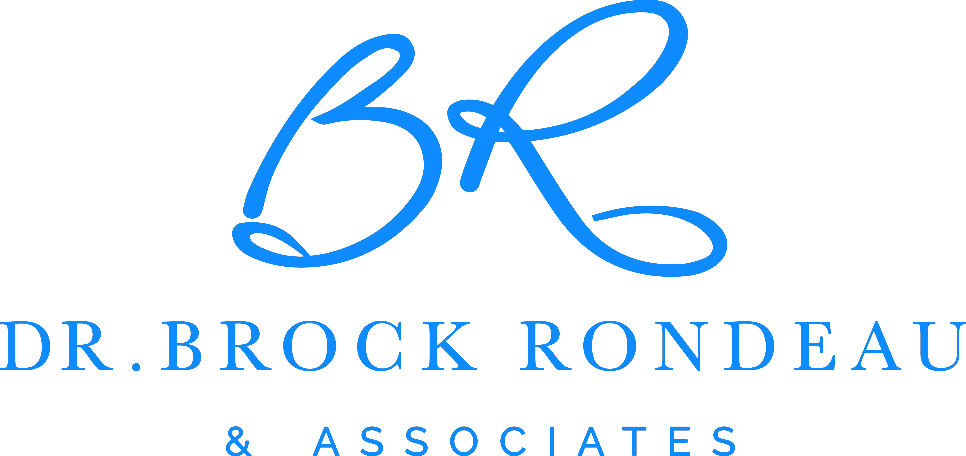If you are like every parent of the current parenting generation, you likely have seen your child’s peers at school, sports, or social events and wondered—why do some of their friends have braces already? We are used to the idea from our childhood that orthodontics is one phase of the teen years—we’d tease our bangs, tight-roll our jeans, and head on in to our monthly braces appointment. However, like those good ole’ styles of the days of yore, orthodontics have evolved over the years. A new concept has been introduced: early orthodontics.
Gone are the days of the moms in their shoulder pads and Fannie packs, dads in their mullets and acid wash jeans, waiting for their teen’s face to be fully developed and permanent teeth to all erupt, leaving some major crowding and bite issues in place. Now, orthodontic work has shifted to become preventive rather than reactionary. Early orthodontics allows the problems to be addressed as the face develops, correcting problems with the bite and making room for teeth, preventing major work in the teen years (like painful teeth pulling).
Which leaves a parent today, standing (perhaps in some new iteration of 80s fashion, like high-waisted jeans) wondering, what is the right age for early orthodontics?
“The easy, shortest answer: Your child can be seen as young as 5 years old, and often by the age of 7 for an initial consultation. We complete early orthodontic treatment for children 5-12 years old.”
Signs Your Child May Need Early Orthodontics
So how do you know if you should bring your child in for a consultation? The goal of early orthodontics is to adjust the upper and lower jaws so they align for a great bite. Also, we work to make space for permanent teeth, which will prevent overcrowding. As young as five, you can start to see issues with the bite and spacing. Also, some bad habits that cause issues with the bite can be corrected with early orthodontics. Here are a few things to look out for:
- Crowding. The most obvious problem is crowded teeth. If there just isn’t enough room for the permanent teeth as they come in, it’s a great idea to make room.
- Bite Issues. With a good bite, the upper front teeth should land just outside of the lower front teeth. For a great metaphor, all the cars (the bottom front teeth) should park inside the garage (the top front teeth). In addition, the upper and lower front teeth should just overlap in the front—without the top teeth pointing forward or leaving a large gap—the garage door should not be open. The top front teeth should not be too far forward from the lower teeth—no jetted out turrets for a garage door. And the top front teeth should not land too far down, hiding the lower teeth (a deep-shutting garage door). All of these are various bite issues, and can be corrected with early orthodontics.
- Habits. Certain bad habits can cause problems with the teeth and bite, and can often be corrected with early orthodontics. Habits include: thumb-sucking, mouth breathing (rather than breathing through the nose), tongue thrusting when swallowing (which can push teeth forward over time), and teeth grinding.
- Headaches or earaches. If your child grinds their teeth or has a deep bite, their muscles may be spasming or overworked. This can cause headaches, which can be corrected if the habit or bite is fixed.
And finally, it’s good to know that the initial consultation is free. So if you are still wondering if your child would be a good candidate for early orthodontics, it never hurts to have the child checked by a professional. We can either recommend you begin treatment, ask you to come back at intervals to see if treatment is necessary, or let you know that you are all set, free and clear, with plenty of space to wait for all teeth to erupt.
Early Orthodontics as Phase 1.
We consider orthodontic treatment as phase 1 and phase 2. Phase 1 means:
- For children ages 5-12.
- Before all adult teeth have erupted.
- Often using functional appliances, which make changes to the jaw to make room for teeth to erupt.
- 10-12 months of treatment, including 6 months as a retainer to hold the space.
Phase 2.
Then, if necessary, Phase 2 of treatment includes braces to straighten adult teeth. This phase looks similar to what we were imagining at the beginning as we revisited the days of slap bracelets and hair crimping—although it is a much lighter version if the child has gone through Phase 1. If a child is treated with early orthodontics in phase one, this phase can be significantly shorter or skipped altogether in some cases. Also, the child is much less likely to need invasive treatment like teeth removal.
If you believe your child may be a good candidate for early orthodontic treatment, pop on those literally-titled “Mom Jeans” or bootcuts (more trends that are back in style), and head on in for a consultation today.






